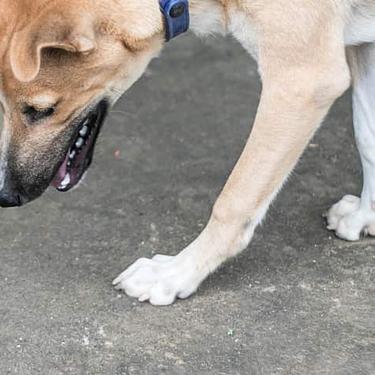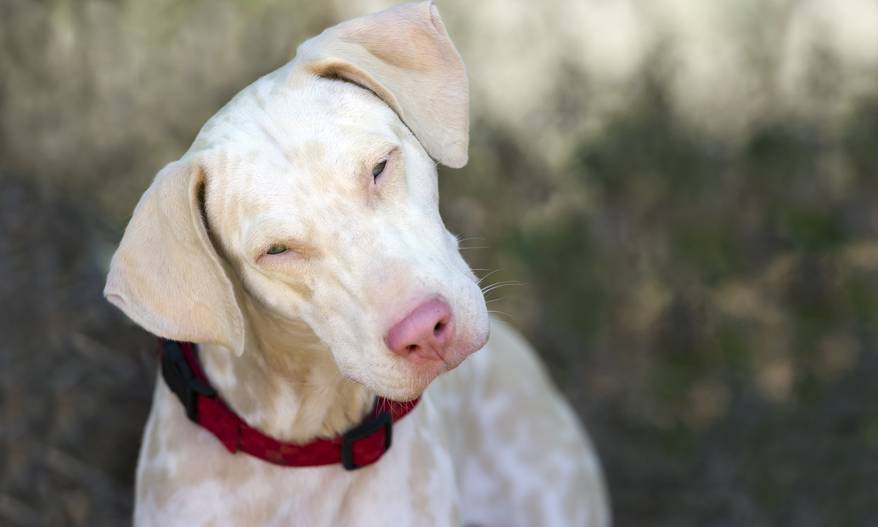
-
Find the right food for your petTake this quiz to see which food may be the best for your furry friend.Find the right food for your petTake this quiz to see which food may be the best for your furry friend.Featured products
 Hill's Science Diet Adult Oral Care Chicken, Brown Rice & Barley Recipe Dog Food
Hill's Science Diet Adult Oral Care Chicken, Brown Rice & Barley Recipe Dog FoodClinically proven kibble technology to reduce plaque & tartar build-up
Shop Now Adult Small & Mini Lamb Meal & Brown Rice Recipe Dog Food
Adult Small & Mini Lamb Meal & Brown Rice Recipe Dog FoodFor the faster metabolism of Small & Mini dogs
Shop Now Adult 7+ Small & Mini Chicken & Brown Rice Recipe Dog Food
Adult 7+ Small & Mini Chicken & Brown Rice Recipe Dog FoodFor the unique nutritional needs of mature Small & Mini dogs
Shop NowFeatured products Adult Indoor Chicken Recipe Cat Food
Adult Indoor Chicken Recipe Cat FoodSupports energy level and beautiful fur in indoor cats
Shop Now Hill's Science Diet Adult Sensitive Stomach & Skin Dog Food
Hill's Science Diet Adult Sensitive Stomach & Skin Dog FoodHighly digestible recipe, gentle on stomachs. Nourishes skin & promotes a lustrous coat
Shop Now Adult Urinary Hairball Control Chicken & Rice Recipe Cat Food
Adult Urinary Hairball Control Chicken & Rice Recipe Cat FoodActively supports the health of the whole urinary system
Shop Now -
Featured articles
 My Pet Ate a Lizard — What Should I Do?
My Pet Ate a Lizard — What Should I Do?Learn what to do if your pet eats a lizard, including whether they can be toxic and symptoms to keep an eye on when they've swallowed one.
Read More Easy DIY Dog & Cat Toys: Nine of Our Favorites
Easy DIY Dog & Cat Toys: Nine of Our FavoritesBrowse this comprehensive guide for several of our favorite DIY dog and cat toys that are sure to put a little pep in your pet's step.
Read More 15 Pet-Friendly Cities Ideal for a US Road Trip
15 Pet-Friendly Cities Ideal for a US Road TripCheck out our list of pet-friendly U.S. cities that are excellent travel options, offering off-leash dog parks and pet-friendly restaurants & hotels.
Read More -


If you're looking to adopt a canine companion and your interest is piqued by albino dogs, with their beautiful pale coats and hypnotic pink eyes, you're in good company, as many devoted pet parents welcome these dogs into their families.
Before making the adoption official, though, read on to familiarize yourself with the complex condition of an albino dog.
What Is Albinism?
Albinism in dogs — or any species — isn't a specific breed, but is a rare, genetic mutation known as tyrosinase (full albino) or tyrosinase-positive (partial albino).
Albinism causes a complete lack of pigmentation, including of the skin, hair, and eyes as well as the blood vessels, resulting in a pinkish tinge. In fact, one of the tell-tale differences between a true albino dog and a dog with white fur is that the albino has pink eyes. A white-coated dog carries the genetic make-up for white pigmentation, or may be a partial albino, whereas a true albino dog has no pigmentation.
As explained by the National Wildlife Federation, "Not all paler-than-usual animals are albinos, however. Some lack pigment everywhere except their eyes – a phenomenon called 'leucistic' by biologists." Therefore, an all-white dog with blue eyes, such as a Siberian Husky, is not considered an albino.
In order for the condition to manifest itself in offspring, both parents must carry the albinism gene. It's very possible, then, that two black dogs carrying the recessive gene can mate and produce an albino pup.
However, albinism does tend to show up more frequently in certain breeds of dogs, including Collies and Great Danes, and sometimes partial albinism shows itself as "spotting." For example, you may see white spots on the chest or head of a dog, indicating the presence of the (usually) recessive gene, but this dog is not considered to be a true albino.



Tasty Tips
Health Issues
Because albino dogs lack melanin, which in addition to providing pigment also absorbs the sun's radiation, they are photosensitive (extremely sensitive to ultraviolet rays) and therefore must have protection from direct sunlight. "If a dog has to be outside during peak sun hours," advises PetMD, "pet parents can utilize accessories like bodysuits, shirts and hats with ultraviolet protection." If you adopt an albino dog, you also will need to purchase a pair of doggy sunglasses and manage his outdoor activity very carefully so that his eyesight is not damaged.
Another health concern is sun damage to the skin. Just like humans with pale skin, great care must be taken to prevent too much sun exposure for your pup, which can result in sunburn or skin cancers, including melanoma. In addition to outfitting him with doggy goggles, prepare him for the outdoors by loading him up with sunscreen lotion. If you do opt for sunscreen, speak with your veterinarian first to learn what to purchase and how to apply. There are sunscreens made specifically for dogs, and one formulated for babies may be another option. Be aware that certain ingredients are toxic to dogs: avoid any sunscreen containing PABA (para-aminobenzoic).
A persistent medical concern about albinism is that the condition may cause deafness in dogs and other animals. However, according to George M. Strain, PhD, a professor at Louisiana State University School of Veterinary Medicine who specializes in deafness in dogs and cats, there is no connection. "Albinism, in which melanocytes [cells responsible for melanin production] are present but one of the enzymes responsible for melanin production (tyrosinase) is absent or diminished, does not have an association with deafness." Dr. Strain notes the same result for albino cats, underscoring the fact that deafness is not a side effect of albinism.
A rare and intriguing genetic condition, albinism shouldn't deter you from adopting the pup of your dreams. With the proper care and understanding of your furry friend's health care requirements, you'll live a full and happy life together.


Christine O'Brien is a writer, mom, and long-time cat parent whose two Russian Blues rule the house. Her work also appears in Care.com, What to Expect, and Fit Pregnancy, where she writes about pets, pregnancy, and family life. Find and follow her on Instagram and Twitter @brovelliobrien.
Related products

Clinically proven kibble technology to reduce plaque & tartar build-up

For the unique nutritional needs of mature Small & Mini dogs

For the faster metabolism of Small & Mini dogs

Improves everyday ability to get up & go
Related articles

Discover how the field of dog science is giving us more and more insights into the inner workings of our furry best friends.

Your dog's coat and skin are a big part of your dog's overall health. Ensure you keep your dog's coat healthy, by following these simple tips.

Learn basic steps & precautions for treating a cut on your dog, including what you can put on the cut, and when you should take them to the vet.

Understand the role that Omega-6 and Omega-3 fatty acids play in your dog's overall health, and how you can ensure they are getting enough.

Put your dog on a diet without them knowing
Our low calorie formula helps you control your dog's weight. It's packed with high-quality protein for building lean muscles, and made with purposeful ingredients for a flavorful, nutritious meal. Clinically proven antioxidants, Vitamin C+E, help promote a healthy immune system.
Put your dog on a diet without them knowing
Our low calorie formula helps you control your dog's weight. It's packed with high-quality protein for building lean muscles, and made with purposeful ingredients for a flavorful, nutritious meal. Clinically proven antioxidants, Vitamin C+E, help promote a healthy immune system.

